Organizations are progressively shifting from older legacy application systems to contemporary technologies, utilizing cloud-based storage to capitalize on modernization advantages. Nevertheless, their modernization endeavors will not achieve full fruition until they successfully transfer the data to an up-to-date and applicable database, whether it is hosted on-premises or in the cloud. Data transfer is the process of transferring data from one storage system or computing environment to another. There exist compelling rationales for data migration, including but not limited to application migration, database enhancement, expansion from on-site data centres to the cloud, disaster recovery, data centre transfer, or integration of data from novel origins. Irrespective of the causes, a triumphant data migration initiative yields advantages in the form of enhanced performance and optimized costs.
Challenges in Data Migration:
As businesses embark on a technology upgrade, the necessity arises to transfer data between different systems. In specific scenarios like business acquisitions or mergers, the consolidation of multiple structures becomes essential. Although the overall procedure might appear straightforward, achieving a seamless data migration with minimal to no errors demands significant exertion and meticulous safeguards. The enormous amount of data makes it too complex for business to migrate data successfully. Data migration challenges block its path, including the possibility of data corruption, data loss, and extended downtime.
There are various challenges that come up in data migration. When there is not enough planning, and the project does not properly understand the scope, migration processes can go wrong. If businesses don’t actively take part in managing the project, the migrations might not suit their needs. Also, if there is not enough know-how about the technical side and the data being moved, mistakes can lead to unexpected costs.
To avoid these problems, it’s really important to plan well, talk openly, and know both the business and technical parts of the migration process really well. Data migration can have certain repercussions for organisations if not executed properly in terms of costs, efforts, and time. Any kind of incomplete and inaccurate data backup may lead to a severe data breach, which will not only affect the organisation’s reputation but also make them liable for penalties by the data protection authorities based on the law that prevails in such jurisdictions.
Also Read, Privacy for minors in DPDPA
Ways to overcome these challenges:
Organisations need to develop strategies for data migration mechanisms. This includes outlining the scope of data migration, the timeline, and the availability of resources. The strategy must align with business objectives to guarantee a smooth migration.
Achieving successful data migration entails a methodical approach that comprises several key stages. The process begins with data analysis, where a comprehensive examination of the data takes place, allowing for a clear definition of the data before migration. Involving end-users and closely analyzing the source and target systems aids in gauging the extent of source information that can be feasibly incorporated. This preliminary step fine-tunes the migration process to ensure its seamless functionality.
To ensure a well-executed migration, Proper allocation of resources is essential. This involves establishing a well-defined project scope early on and engaging relevant stakeholders. This proactive step facilitates the allocation of resources and budget, resulting in a smoother migration process that adheres to the designated timeline. Data integrity validation is a critical phase to safeguard the process’s efficiency. Here, strategies are devised to identify and rectify any flawed or erroneous data prior to its transition to the target system. Addressing these issues pre-emptively mitigates potential disruptions down the line.
The creation of the migration solution is the subsequent step, encompassing the formulation of transformation logic for the selected data and coding the necessary migration logic. This phase ensures that data is moved and transformed effectively, maintaining its accuracy and consistency. Testing and verification follow the migration process. By generating test data within a dedicated test database and subjecting it to various scenarios, a controlled environment can detect and address potential complications. This approach significantly minimizes the risk of encountering unexpected issues post-migration.
Upon the successful execution of the migration, it’s prudent to proceed with the decommissioning of older systems. By methodically shutting down the functionalities of the older systems and transitioning to the migrated data stored in the modern database, businesses can ensure a seamless transition while preserving the integrity and functionality of their data.
An Optimal Data Migration Solution strategy:
Deploying an efficient and readily available solution for data migration is of utmost importance because developing a new mechanism from scratch is complex and time-consuming process. The chosen solution needs to effectively tackle the main challenges associated with data migration. An optimal solution should encompass the following key functionalities:
- Comprehensive Connectivity: The data migration tool should seamlessly link source and target databases, accommodating various sources, file formats, and extract, transfer, load (ETL) instances.
- User-Friendly Data Mapping: An intuitive solution with a graphical representation interface (GUI) should enable easy visualization of the migration process. A GUI that allows mapping source and target metadata, along with transformation rules through a drag-and-drop approach, can significantly simplify this pivotal step.
- Automated Attribute Mapping: The solution should automate the mapping of attributes based on their names, reducing manual efforts and the associated risks by a substantial margin.
- Portability: The migration process facilitated by the solution should be adaptable across compatible environments, regardless of where it’s set up. This adaptability is particularly beneficial for ongoing migrations and production settings.
- Data Integrity and Consistency: The solution should consider the orchestration of interrelated tables, ensuring that data migrates to the target system in a synchronized manner to maintain the integrity of table records.
- Data Reconciliation Reporting: Detailed performance metrics encompassing migrated data volume, accuracy, and completeness offer valuable insights into migration efficiency. The solution should provide such reports, and ideally, rectify any erroneous records.
Along with an effective mechanism, skilled experts who can execute this whole process are equally important. These experts are essential to tailoring the data migration process according to the organisation’s distinct requirements. Their professional expertise ensures the high success of the data migration process.
Also Read, Data Privacy Vault: Why do organizations need it?
Conclusion:
The data migration process is continuously changing as organisations switch to a more vibrant approach with the development of technologies and cloud-based storage. While unplanned and not properly executed mechanisms may leads to irregularity in data migration, a planned, well-structured mechanisms, skilled experts, and an optimal solution can overcome these hurdles. A successful migration demands careful analysis, resource allocation, data integrity validation, and thorough testing. An ideal solution includes comprehensive connectivity, user-friendly mapping, and automated attributes. The collaboration of efficient tools and skilled experts ensures smooth data migration, safeguarding integrity and efficiency in this vital process.
Stay updated with Tsaaro about all the latest privacy compliance developments across multiple jurisdictions. Gain a better understanding of laws and regulations and their requirements through us. Our insights will help you make informed choices to mitigate your privacy risks. Contact us at email at info@tsaaro.com.



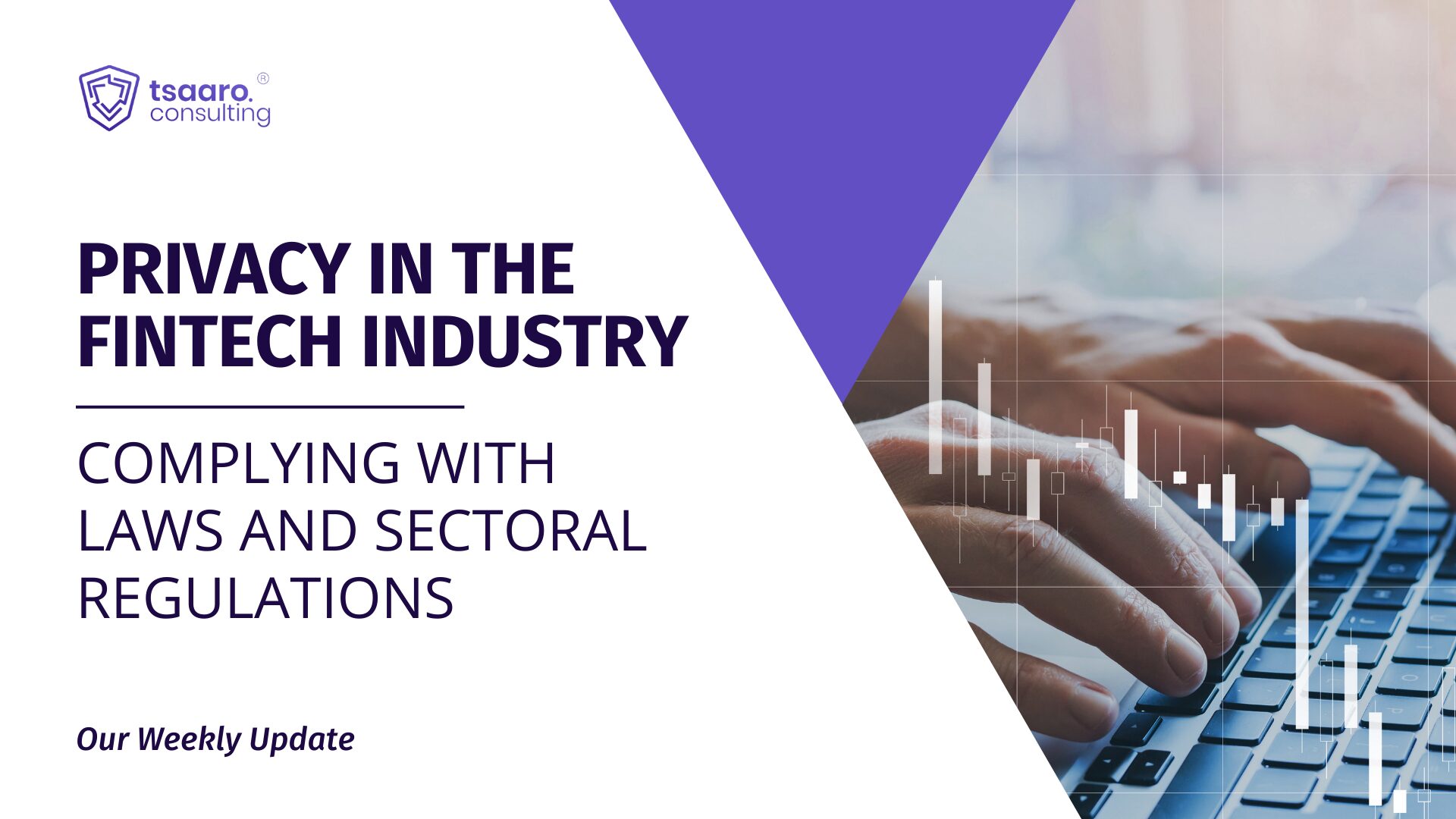
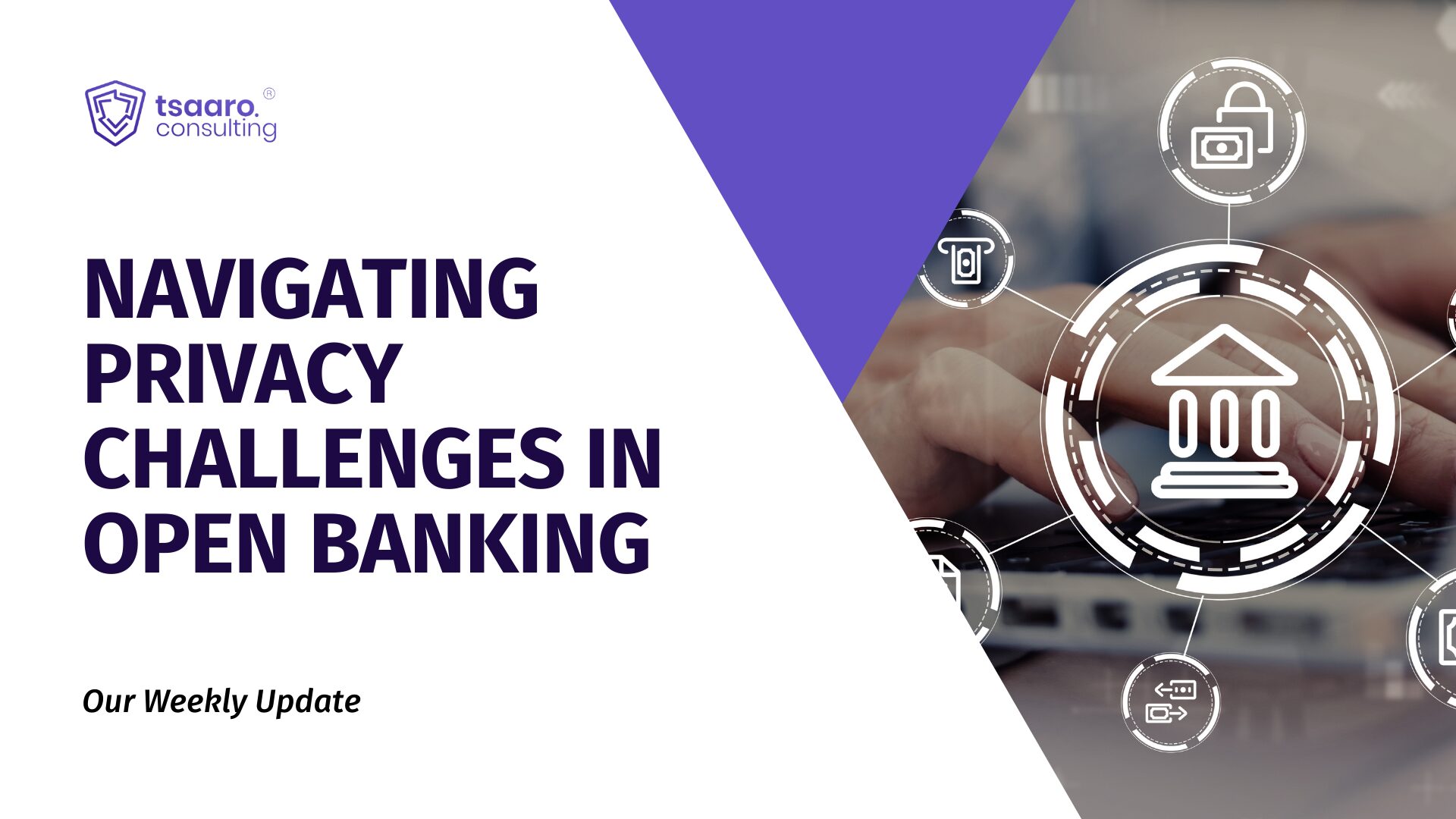
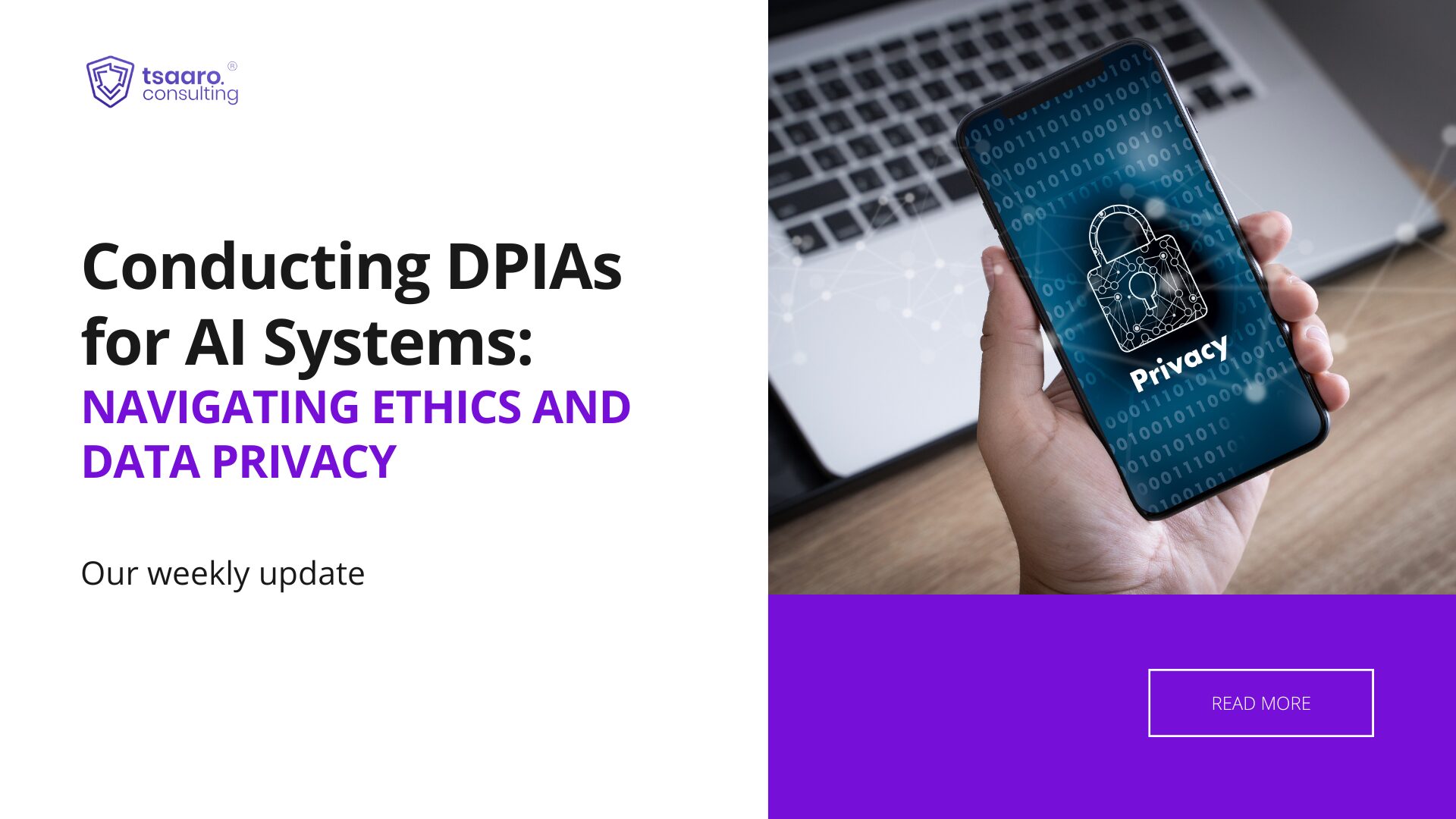


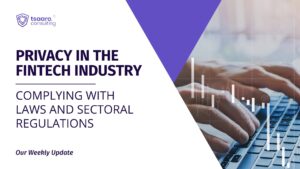
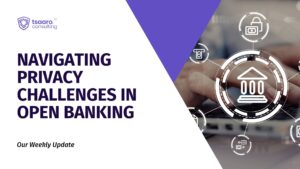


Recent Comments